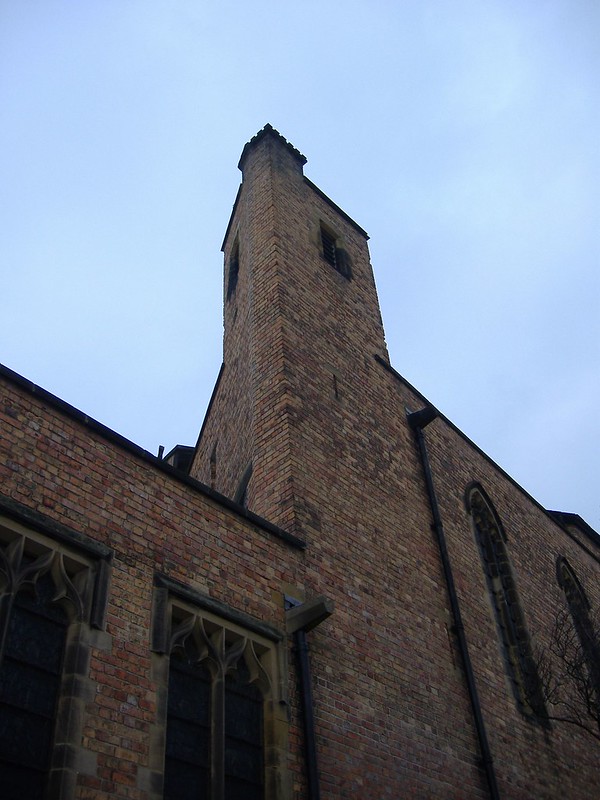An architectural gem conjured from the site of Scarborough's former rubbish dump.
St Columba's was designed by Temple Moore in 1914, but not built until after his death. As a legacy of its lowly former function, the site had a very awkward six-sided shape. It is a testimony to Moore's skill and Leslie Moore's sympathetic interpretation of his father-in-law's designs that, in spite of such constraints, the interior has a wonderfully calm and spacious feel to it.
Wide arches to the cleverly designed aisles give a classic Moore sense of balance to the space. You get a marvellous sensation of the interior unfolding before you as you walk in through door and along the aisle. The plan of the building is said to be shaped like a bird — columba is Latin for dove or pigeon, and the figure of the dove appears throughout the church. The figures over the altar are by Temple Moore's daughter Mary.
Scarborough has no shortage of gothic churches. GF Bodley, a leading Gothic Revivalist of the generation before Moore's, was responsible for All Saints' (1867–74) and St Martin on the Hill (1861–2). The latter has stained glass windows by the great Arts and Crafts designer William Morris and the pre-Raphaelite artists Ford Madox Brown, Edward Burne-Jones and Dante Gabriel Rossetti.
The parish church of Scarborough is a gothic original: St Mary's, a couple of streets from St Columba's on Castle Road. Its origins lie in the 12th century. The novelist Anne Bronte is buried in the churchyard.
